Practically every weekday since about 1990, I have used a productivity app. If it wasn’t Word or Excel, it was Photoshop or Illustrator. My relationship with these apps isn’t just old enough to vote, it’s practically old enough to run for elected office.
But despite my longtime familiarity with them, I am never quite fully prepared for how dated they act. Actually they’re quite decent, for apps built in the 1990s. The problem is that my expectations have gotten so much higher and these apps haven’t kept pace.
Images courtesy of the Version Museum
The history of Microsoft Office
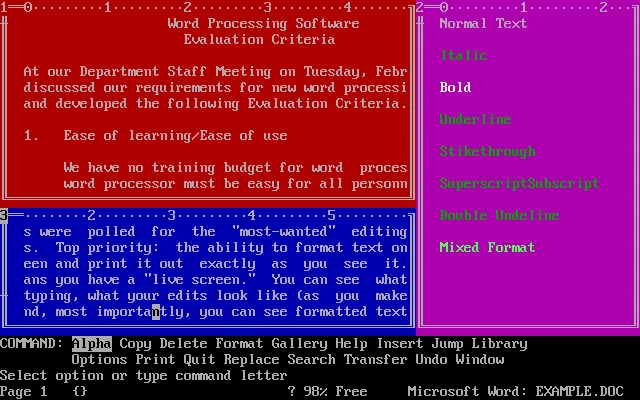
This is Microsoft Word, circa 1984. It sure looks like it, doesn’t it. It wasn’t the program everyone used back then. Microsoft was really #2 until they built Word for Windows which came out in 1989. At that point it started to conquer the world. And, almost immediately, began to stagnate.
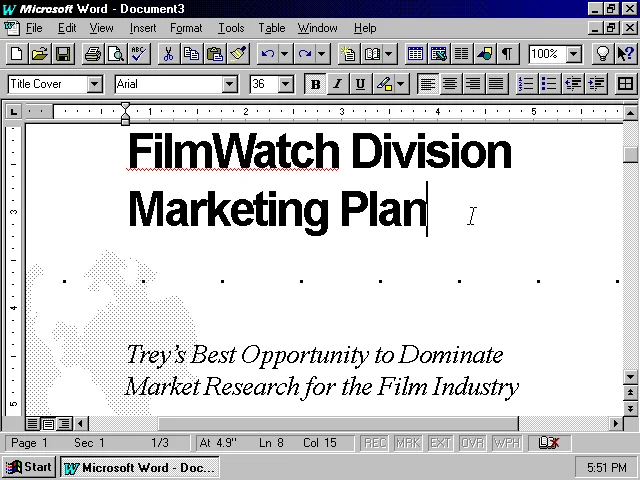
Microsoft Word for Windows 95 may not look really contemporary, but I bet it does everything you need. That’s saying a lot considering it’s almost 25 years old.
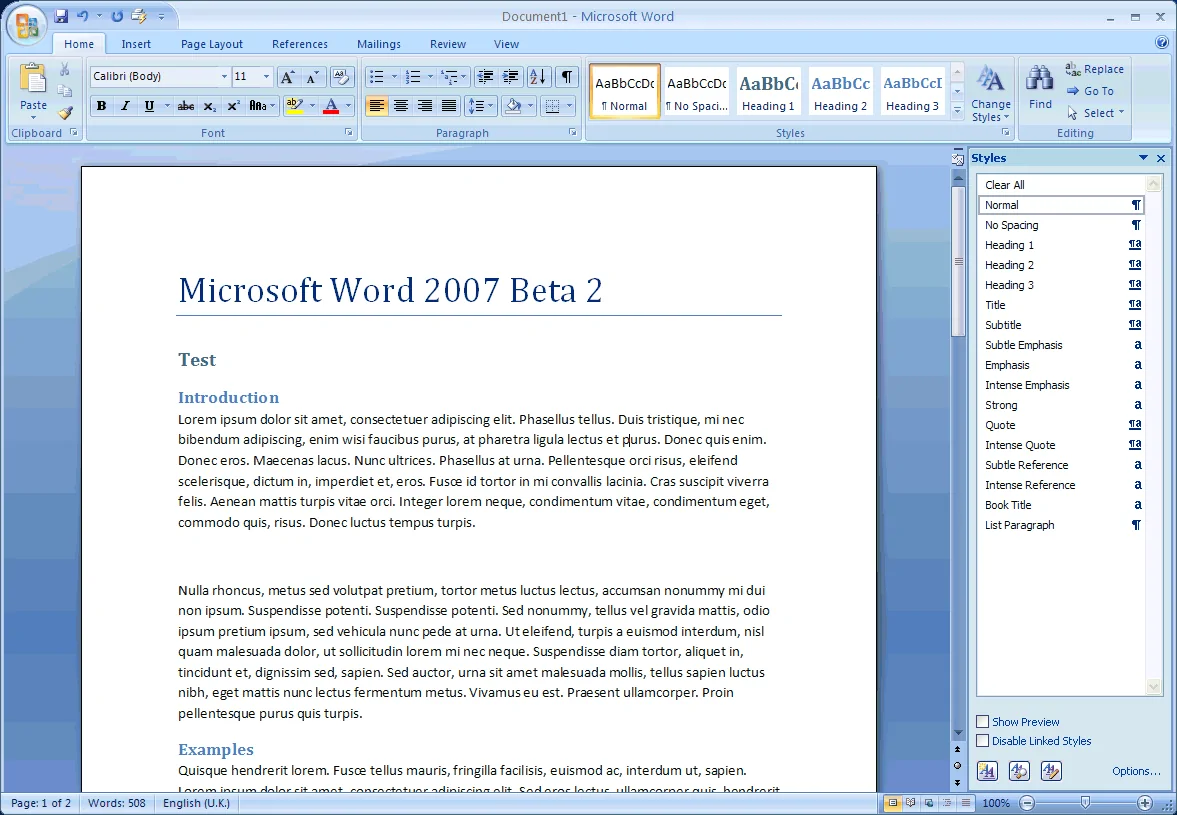
Word’s last big change was in 2007, twelve years ago. It may look different but there’s practically nothing about today’s software that you couldn’t see then.
How Photoshop has(n’t) changed
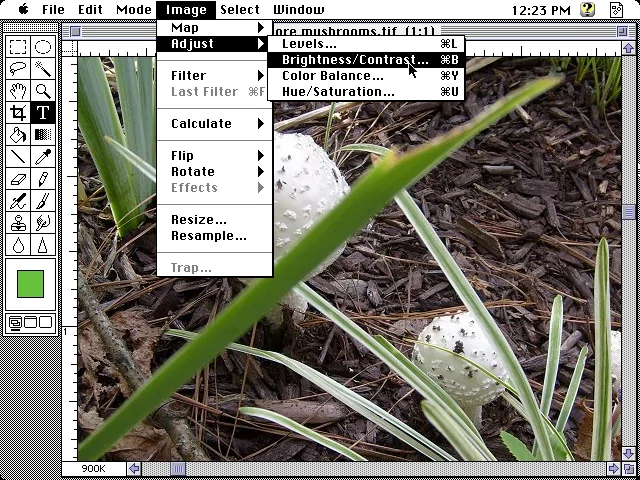
This is Photoshop 1.0 for Mac. It was the most amazing, coolest thing ever in 1989.
I’m not going to pretend that there have been no changes at all. But many of them arrived with Photoshop 3.0 for PC in 1994.
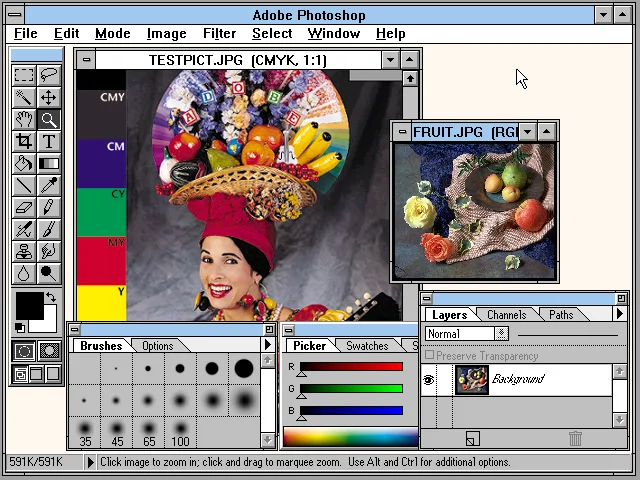
Since then, Adobe (who makes Photoshop) has added roughly one feature every other year that I care about. The user interface went dark a few years ago, but it really still gives you just the same stuff.

And they know it too.
Both Microsoft and Adobe changed their pricing model in the last ten years. It’s practically impossible to buy their software anymore. You rent it by the month or by the year. That way if you stop paying, the software stops working.
This is their little acknowledgement that they know they have you. They will keep charging you over and over for the same thing and you’ll keep paying. They know that if you paid by the version (the way we used to) that everyone would have stopped with Office 2010 and Creative Suite 6, because there’s really nothing more to look at after that.
But the thing is we do keep paying, even though it’s kind of dated.
Kind of dated?
I’ve been picking on Word and Photoshop but really the most dated part of any of this is Outlook. If you have to rely on Outlook you know what I mean. Today’s Outlook for Office 365 is hopelessly outdated, crashes frequently, and is about the slowest email client you can get. It’s hard to set up and lacks basic features like a unified inbox. You can get that feature on basically every phone in the last ten years. Yet Outlook doesn’t have it. It’s also full of tiny type and confusing options. Outlook is such a pox on our lives that most people have moved to web clients just to get away from it. At this point even the built-in client in Windows 10 is better, although some business users can’t use it.
But here’s what weird…
It seems to me that Adobe and Microsoft have realized something. People who use apps for productivity don’t want them to change. They just want to leverage their existing knowledge so they can get their work done. This has stopped these apps from evolving.
What doesn’t make sense though is why Microsoft and Adobe can’t work on basic stability. They could make sure Illustrator didn’t crash so much. They could make Outlook faster and more reliable. They could make it so Word doesn’t open up in two-page mode pretty much all the time. We’re paying for these things every month, or our employers are, and we do deserve at least that.
But of course, we’re giving them our money and there really aren’t other good alternatives out there. You can go to LibreOffice and GIMP and really these are as powerful as you’re gonna need. Or you can pay for PixelMator instead of Photoshop. You can even move over to Google Apps which are pretty darn good.
Chances are you won’t. I know I won’t. Because I guess, when it comes right down to it, I’d rather complain and keep paying than risk having to learn some other app. That’s just what Adobe and Microsoft are counting on.





